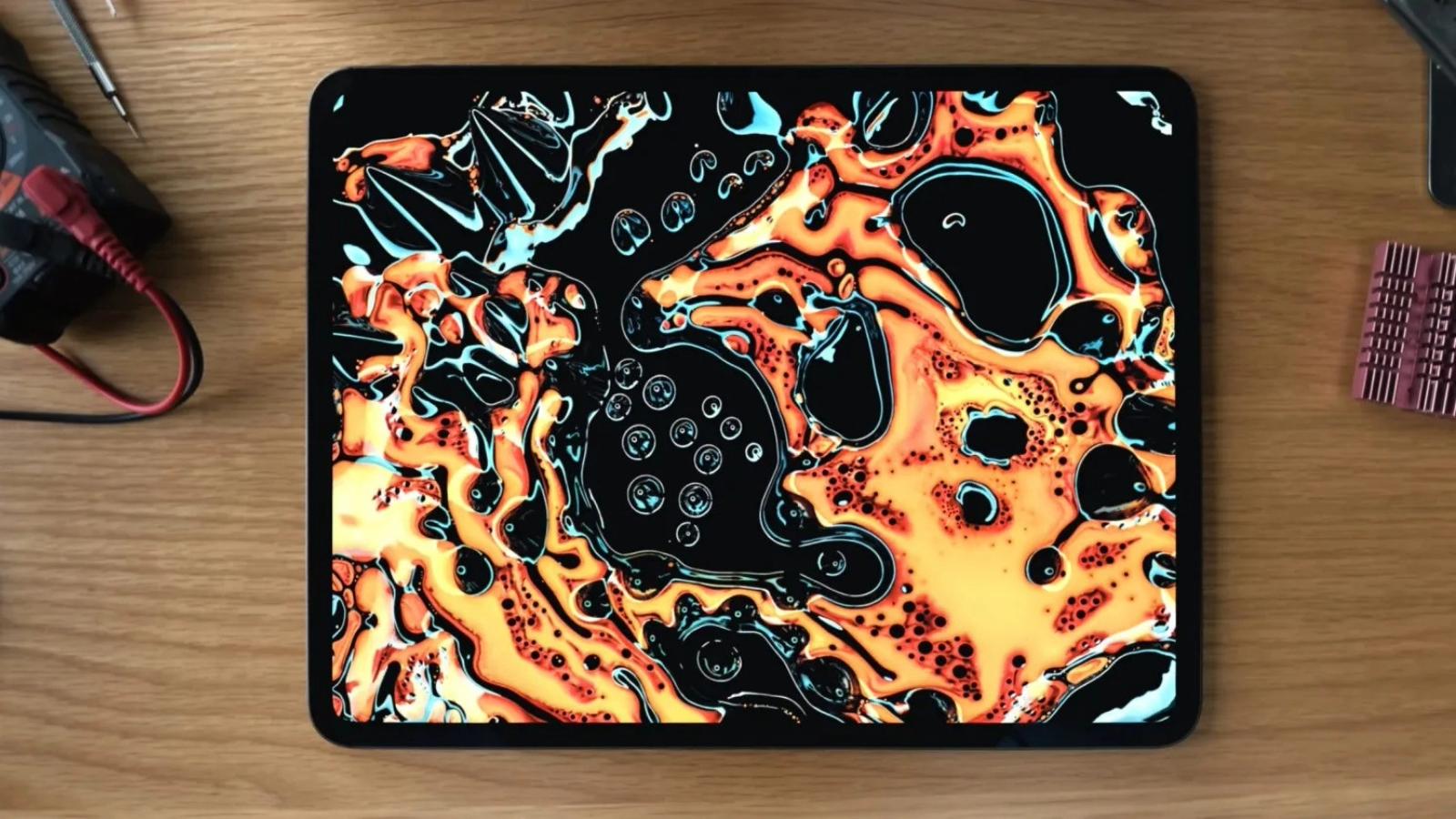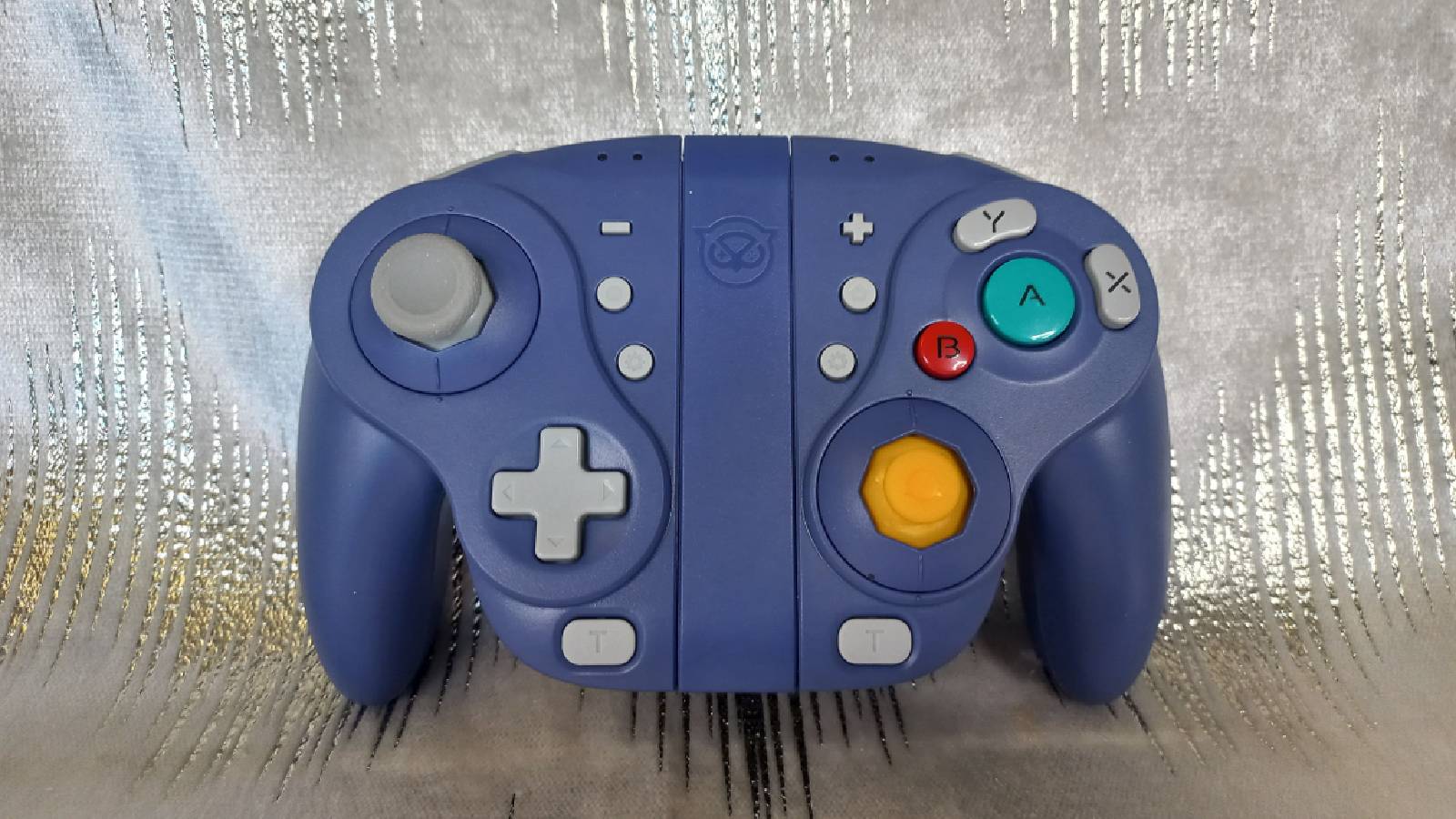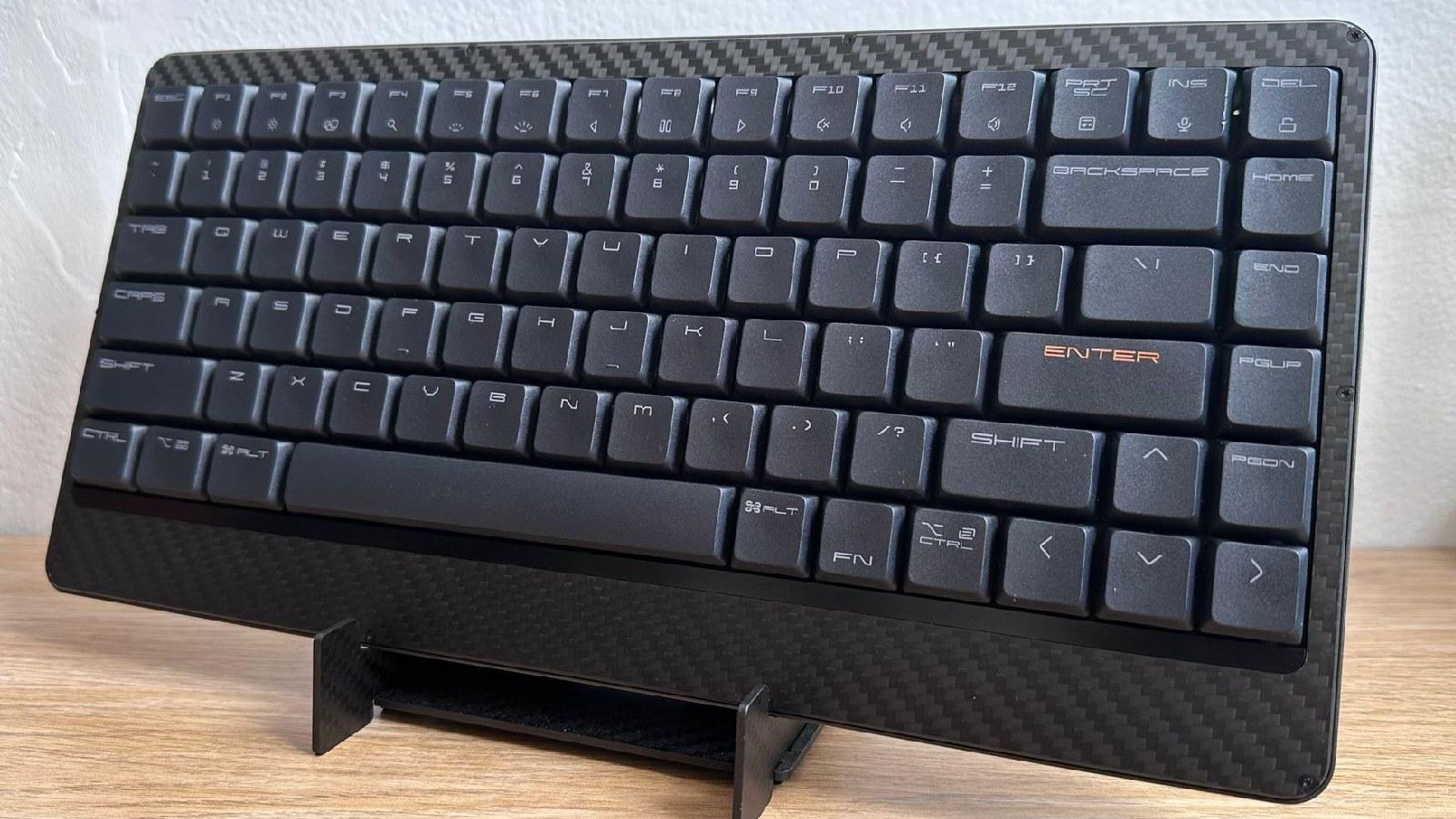We tried Lenovo’s Legion Go handheld: More Switch than Steam Deck
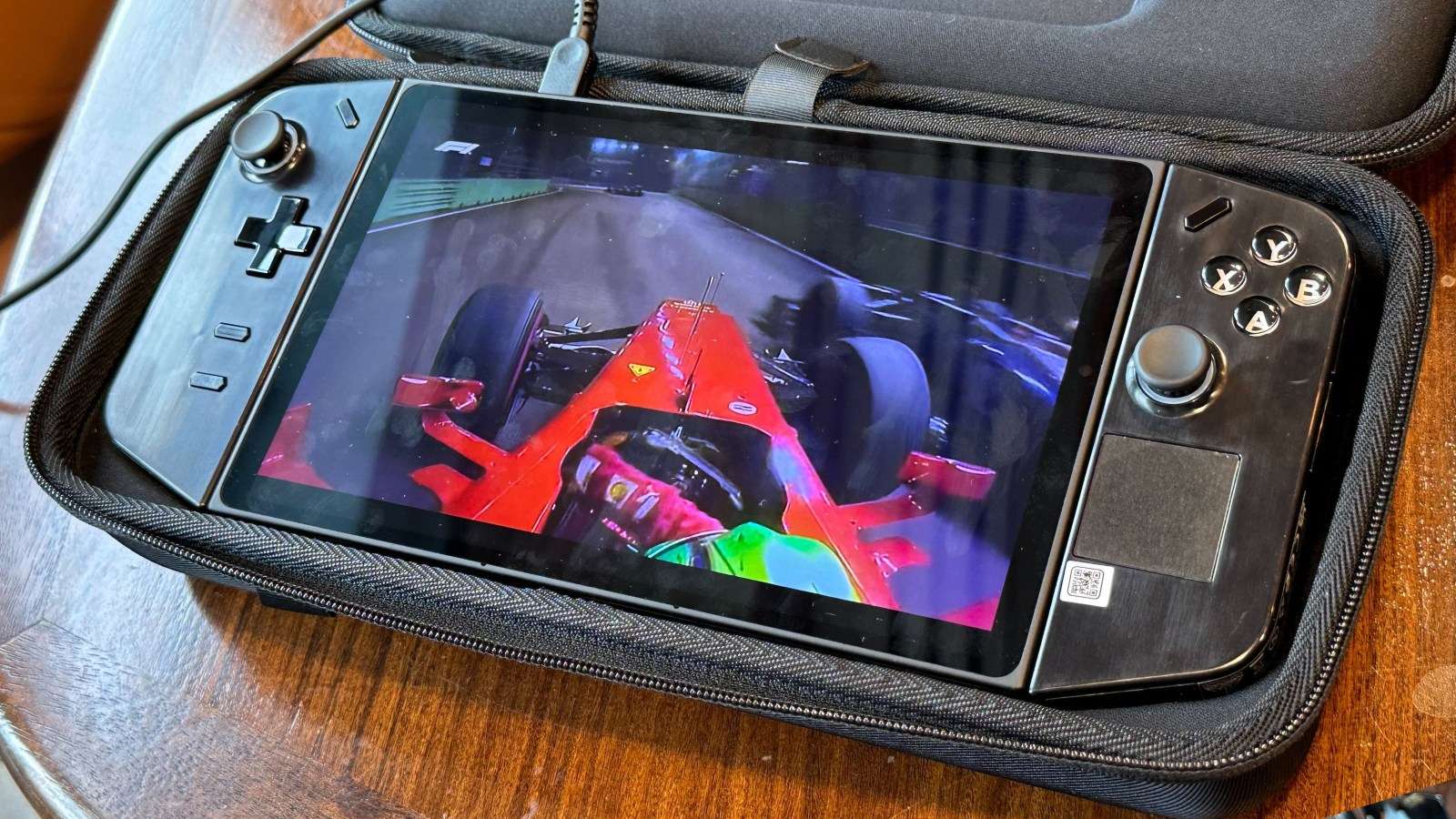 Dexerto
Dexerto The Lenovo Legion Go promises to be a brand-new Steam Deck competitor, but it’s not looking to directly replicate Valve’s runaway success. We’ve gone hands-on with the device to dive deep.
2023 has seen an explosion of gaming handheld hardware. Between Ayaneo launching several different devices, Pimax and Abxylute, as well as Asus entering the fray, it’s a hectic year.
However, Lenovo is trying to go a different route. There’s an experimental side to the Legion Go handheld that we’ve not yet seen many major manufacturers take a stab at. While at its core, the device isn’t going to blow any minds with originality, it’s the extra bells and whistles that Lenovo has poured time into which has got us interested in the handheld.
Lenovo Legion Go sports faster RAM and a Z1 Extreme
That core is a Z1 Extreme handheld PC, the same as the ROG Ally. Where Lenovo has the upper hand on Asus though, is that the RAM is rated faster. How this will play out in performance tests once we get hold of it has yet to be seen, but a slight edge over the competition is still an edge.
Meanwhile, our eyes were utterly distracted by the enormous screen. The panel is a 500-nit LCD that popped during our time with it. It comes in at 2560×1600, but the resolution can be quickly altered in the custom front end.
Custom launcher combats Windows weirdness
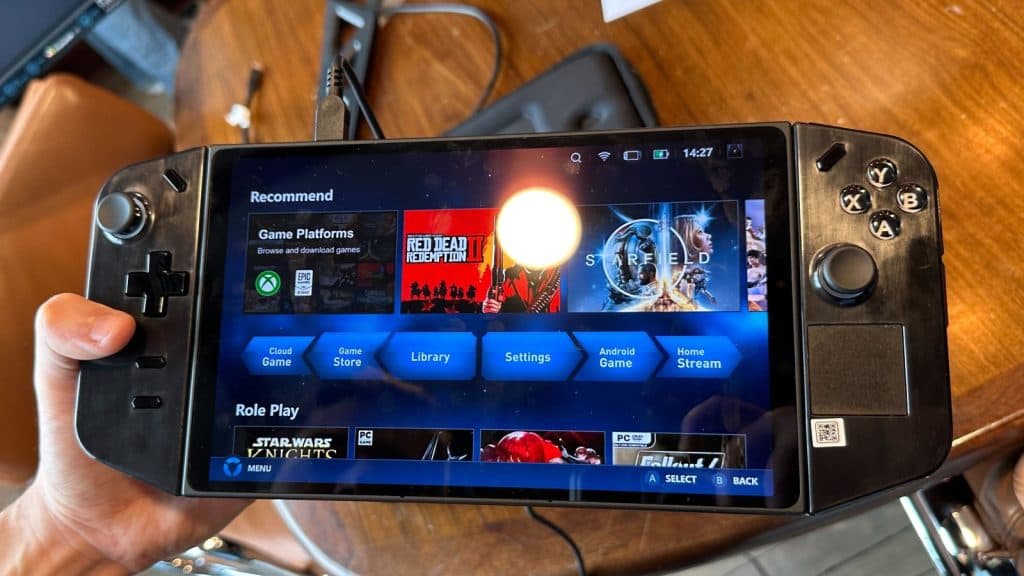 Dexerto
Dexerto That custom frontend also seems to be Lenovo proving that they’re in this for the long haul – hopefully. We didn’t get to see all of it, as the right-hand controller on the sample, unfortunately, stopped connecting to the early version of the device.
That said, it appears that Lenovo has taken a cue from Valve’s playbook, rather than Asus and the Armory Crate, or Ayaneo and their AyaSpace front end. It looks and feels clean, almost console-like. It’s exactly the type of thing we’d expect from a Windows handheld from hereon.
When we brought up that Windows is the worst aspect of these handheld PCs, we were pleased to be brought through the front end’s interconnectivity with the various storefronts. Not only are Xbox and Steam there, but Epic and GOG are also supported too.
We’d be interested to see how it works when we get hold of it, as the front end would just load the web pages for the stores rather than loading up the local apps. This might just be due to it not having much installed on it at the time.
It’ll also let you load up cloud streaming and other apps from it, with manual additions still an option too. There was an odd addition of a storefront with some games on it, but Lenovo hadn’t elaborated on this to the staff running the demos.
Legion Go’s detachable controllers
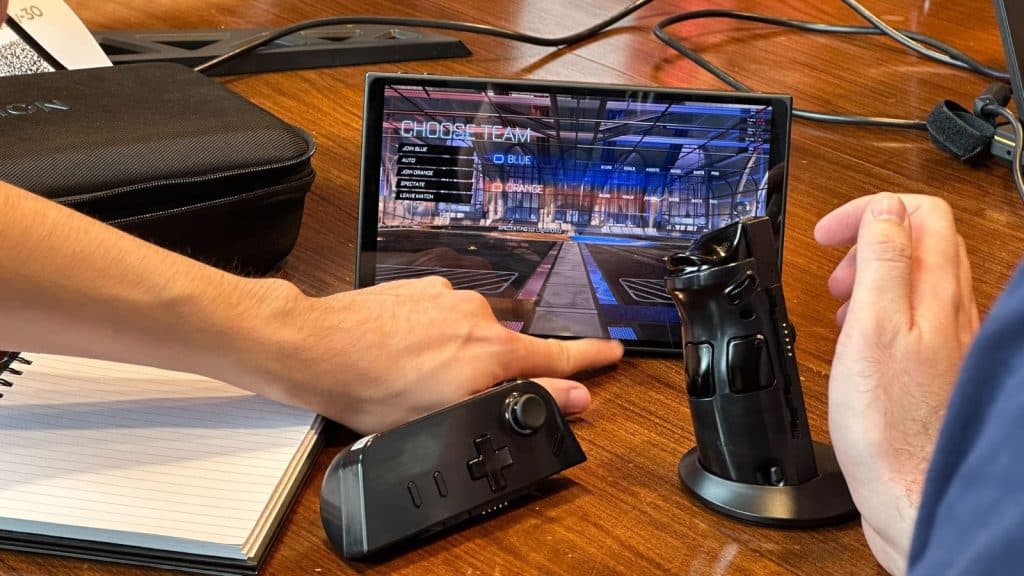 Dexerto
Dexerto These little additions are much appreciated, especially the small trackpad found on the right-hand controller. This small square will just make navigating the Lenovo Legion Go so much easier.
The main attraction, those Nintendo Switch-esque controllers felt a little odd in the hands. They’re littered with buttons wrapped around the edges, making our grip feel a little light so as to not accidentally press one. There’s a reason for it though, as the right controller can be disconnected and used as a mouse. Before it stopped connecting, we did catch a glimpse of this in action.
Underneath, a small toggle will turn it to “FPS” mode, and there’s a small mouse sensor next to it. You then grip it like a joystick and slide it around for a makeshift mouse. It’s a little strange, but something we think we could find ourselves using quite a bit.
Lenovo is wearing Switch inspiration on its sleeve
This is thanks to the flap at the back for the stand. Taking direct inspiration from the Switch OLED, it completes the package for us. Being able to use the device independently, without having to always have it in our hands or using third-party mods and accessories is bliss. It really solidifies the FPS mode too, bringing the whole unit together.
There’s even a mouse wheel on the side, with a clickable button underneath. It even gives the Ayaneo 2S a run for its money with usefulness. It sports two USB-C 4 ports, with a microSD card slot.
Our only concern for the hardware is that microSD slot. It’s in the same spot as the Asus ROG Ally, which has been reportedly dying due to overheating. We’ll have to wait until we can crack it open to see how close the port is to any cooling or heat sources.
Can you upgrade the Legion Go SSD?
We did ask about the upgradeability, and the sample unit did have six tiny Philips head screws. We suspect it’ll be a quick SSD swap, as it’s currently limited to 512GB.
Lenovo isn’t reinventing anything here and seems more interested in doing its own thing. It wants to provide performance and let you play how you see fit. We’re all about that vibe and are now actually excited to get hold of the device ourselves.
